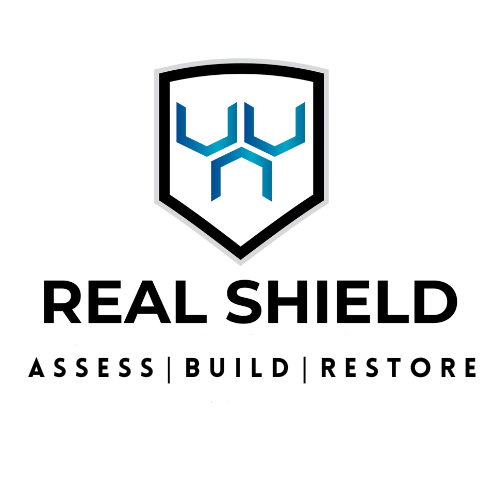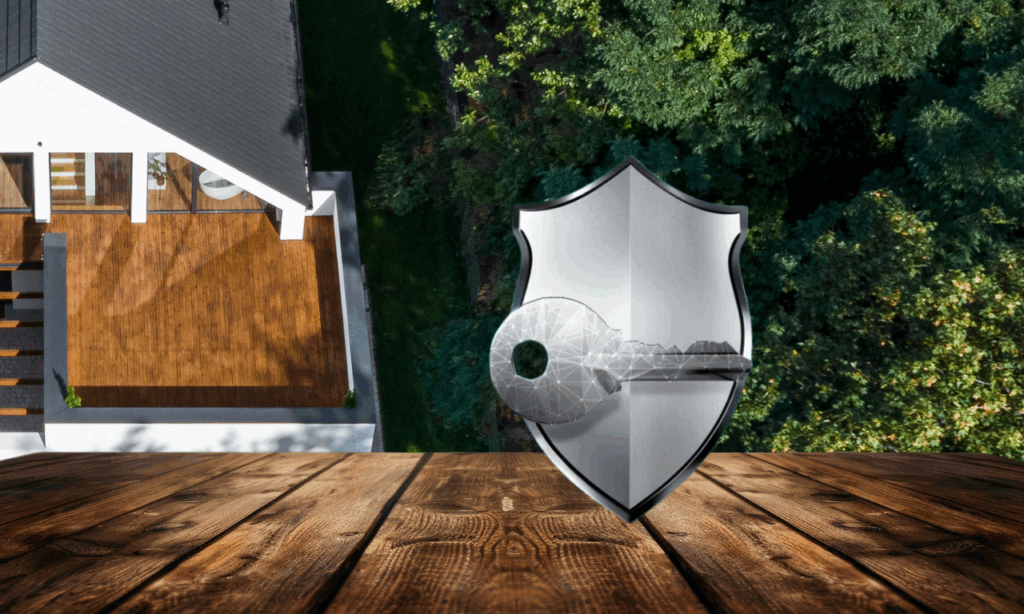
A sewer scope inspection involves inserting a flexible camera, often with a light source, into the sewer line through a cleanout access point or other accessible location.
The camera sends back real-time video footage, allowing the inspector to assess the pipe’s condition, identify any defects or blockages, and document the findings.
This inspection helps detect issues like:
- Root intrusion: Tree roots can penetrate sewer lines, causing blockages and damage.
- Damage and corrosion: Cracks, breaks, or deterioration of the pipe material.
- Misalignment or sagging: A “belly” in the line can create a low spot where waste can accumulate and cause problems.
- Blockages: Accumulation of debris, grease, or other materials can obstruct the flow of wastewater.
- Root intrusion: Tree roots can penetrate sewer lines, causing blockages and damage.
A sewer scope inspection can identify problems early, allowing for timely repairs and preventing more extensive and costly damage.
Repairing a sewer line can be expensive, and a sewer scope inspection can help avoid surprises and potentially save homeowners thousands of dollars.
A sewer scope inspection report can help buyers make informed decisions about purchasing a property.
Even if no immediate problems are found, a sewer scope inspection can help homeowners plan for future maintenance and prevent potential issues.
It’s highly recommended to have a sewer scope inspection as part of a home inspection when purchasing a property, especially if the home is older or if there are any indications of sewer problems.
Regular sewer scope inspections can help homeowners maintain their sewer lines and prevent future issues.

